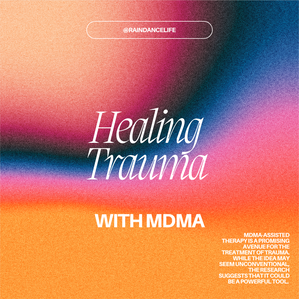1. Acknowledging the trauma: The first step towards healing is acknowledging and accepting that the trauma occurred. This can be a difficult step, as it may involve confronting painful emotions and memories.
2. Practicing self-care: Self-care is an important part of the healing process. This can involve engaging in activities that bring you peace, joy and pleasure, such as spending time in nature, practicing mindfulness, or pursuing creative hobbies.
3. Learning about trauma and its effects: Educating oneself about trauma and its effects can be empowering and validating and can help you understand their experiences and develop new coping strategies.
4. Developing healthy coping strategies: Developing healthy coping strategies, such as mindfulness, breathing exercises, or physical activity, can help you regulate their emotions and reduce feelings of anxiety and depression.
5. Building a support network: Building a support network of friends, family, and other people who understand and support the healing process can be invaluable.
6. Setting boundaries: Setting boundaries is an important part of the healing process, as it helps you create a sense of safety and control.
7. Engaging in trauma-informed treatments: Trauma-informed treatments, such as EMDR, cognitive-behavioral therapy, or somatic experiencing, can help you process and release traumatic memories and emotions.
Healing from childhood abuse and complex trauma is a complex and challenging process, but it is possible. By seeking support, practicing self-care, and developing healthy coping strategies, we can begin to release old patterns and create a more fulfilling and joyful life.
xox Genia



 RSS Feed
RSS Feed